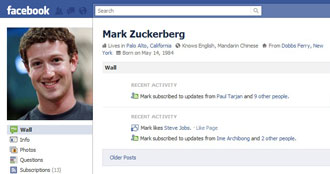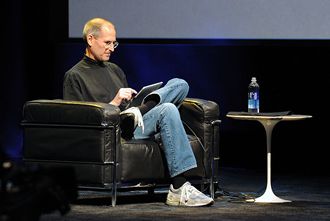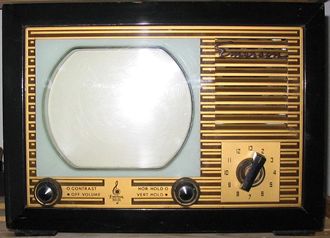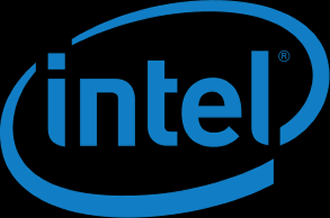 While researchers are mining social media in an attempt to understand human behaviour, some scientists are warning there are big pitfalls using the data.
While researchers are mining social media in an attempt to understand human behaviour, some scientists are warning there are big pitfalls using the data.
Scientists at McGill University and Carnegie Mellon University say that thousands of research papers are based on data from social media and used to make decisions in both industry and government.
But there are serious problems using such data. The researchers point out that Pinterest is dominated by women between the ages of 25 to 34, and other social media attract different users.
Researchers don’t know when and how social media providers filter their data streams while the way some of the social media websites are designed dictate how people behave. Facebook’s absence of a dislike button skews the measurement of positive versus negative responses.
Attempts to discover the political attitude of people on Twitter only work with 65 percent accuracy while some studies claim 90 percent accuracy for gauging such views.
The researchers say that all of these factors should be borne in mind when attempting to use the data to discover how humans think.



















